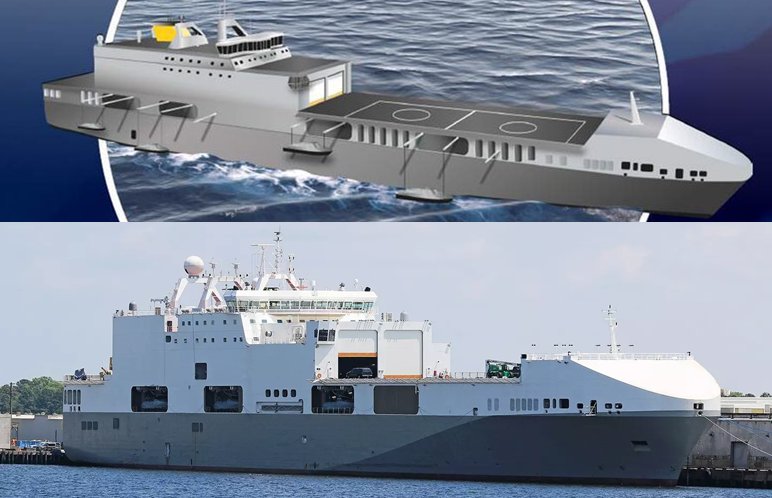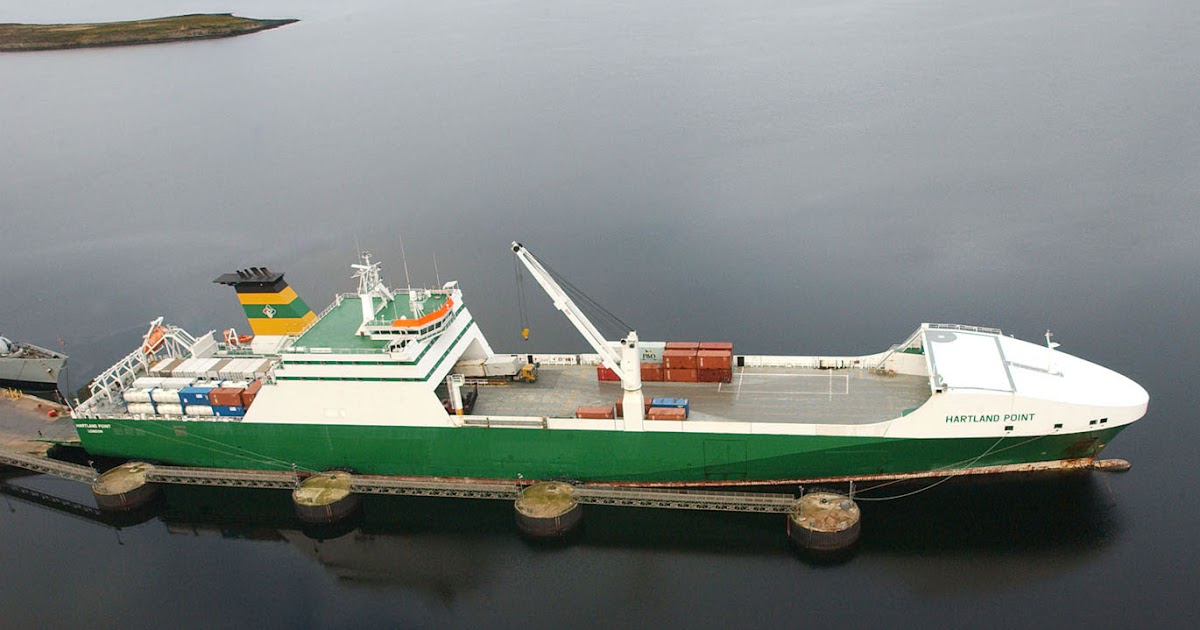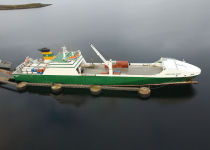I'm not asking you to invest in anything. I am asking the government to invest in a capacity that will serve the civilian economy in peace and also be available to pull the fat from the fire when and if. It would also be available for charter for exercises and operations.
Personally I would sooner trust Canadian assets to a Canadian contract rather than rely on the good auspices of Cypriot, Panamanian, Ukrainian or even American commercial interests.
Canada
G-T-S Katie standoff ends
CBC News · Posted: Aug 03, 2000 6:36 AM ET | Last Updated: August 3, 2000
Canada's navy has boarded G-T-S Katie and two destroyers are now escorting the ship to port.
The Navy landed 14 Canadian soldiers on the vessel by helicopter.
The captain of the ship claimed his vessel was under attack.
Defence Minister Art Eggleton says there was no attack, the boarding went without incident and all Canadian personnel are safe. Eggleton says Canada has "stayed fully within the bounds of international law".
The small convoy is expected to arrive in Quebec on Sunday.
The American cargo ship is carrying $200 million worth of military equipment back from Kosovo, equipment used by Canadian peace-keepers in the Yugoslav province. It also had three Canadian military personnel returning from Kosovo.
The owners of the ship were refusing to bring it into port until a dispute over money owed was settled with the company contracted by the military to transport the equipment. Both sides are claiming the other side is not living up to their contract.
G-T-S Katie was supposed to have docked in Montreal a couple of weeks ago. But the cargo vessel anchored off the coast of Newfoundland about 160 kilometres off the Avalon Peninsula just outside Canadian territorial waters.
The two warships escorting the vessel are HMCS Athabaskan and HMCS Montreal.
Is it really right to suggest that we have a viable plan and structures in place that should give us the necessary sense of comfort?
This is NOT proposed as a DND budget item. This is and OGD/Private industry item which could be used to benefit the Government, including its DND.








